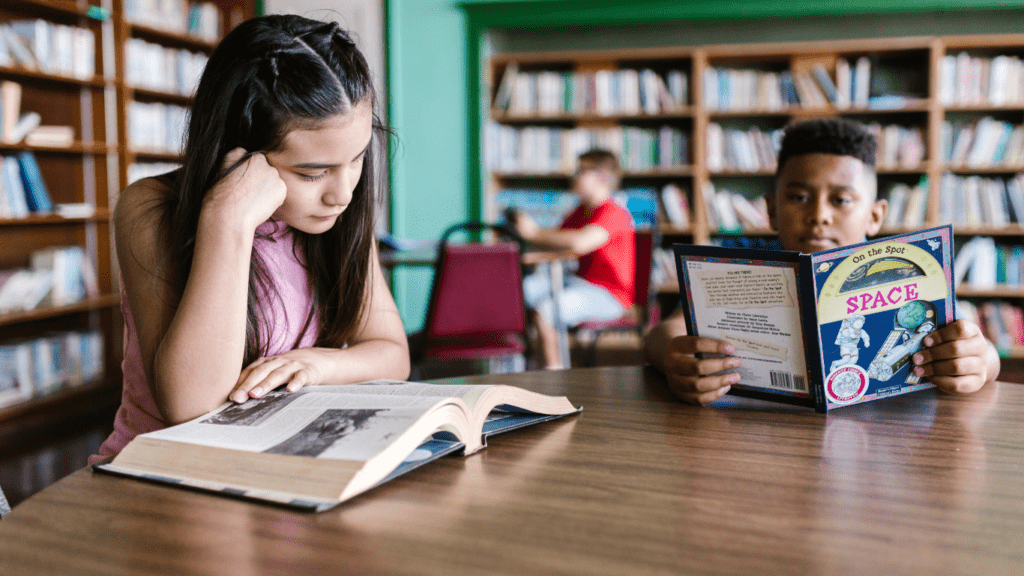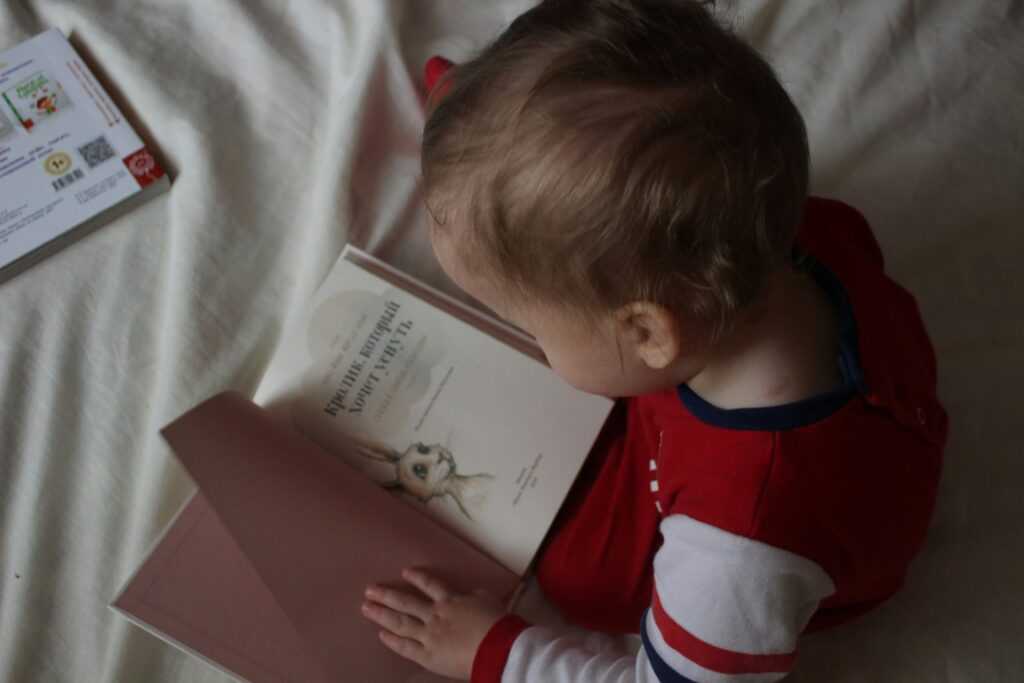Understanding Diversity and Inclusion in Children’s Education
Diversity and inclusion in children’s education create a richer learning environment, acknowledging and celebrating various cultures, backgrounds, and abilities. These elements build empathy, broaden perspectives, and prepare students for a diverse world.
Why Diversity Matters in Early Education
Early education sets the foundation for social and cognitive development. Diverse environments expose children to different perspectives, fostering cultural awareness and acceptance.
Research from the American Psychological Association shows that classrooms with diverse peers lead to higher critical thinking skills. For example, multicultural storytelling helps children appreciate various traditions.
By introducing diversity early, educators help dismantle stereotypes and promote equality.
Inclusion Practices in Today’s Classrooms
Inclusive classrooms strive to accommodate all students, ensuring equitable access to learning. Teachers use strategies such as differentiated instruction, which tailors lessons to meet varied learning needs.
According to a study by the National Center for Learning Disabilities, inclusion practices improve academic outcomes and social interactions. For example, group projects enable students with different abilities to collaborate and learn from each other.
Schools also implement policies to support students with disabilities by providing resources like speech therapy or specialized aides. These practices cultivate an inclusive culture where every student feels valued.
Strategies for Promoting Diversity and Inclusion
Educators can ensure all students feel valued and included by implementing specific strategies. Key areas to focus on include curriculum development and teacher training.
Curriculum Development and Content
Revise curricular materials to represent various cultures, ethnicities, and perspectives. Include:
- books
- historical accounts
- media from diverse authors
- creators to provide a well-rounded view
Organize activities that educate students on global traditions and values. Integrate different cultural celebrations into the school calendar, ensuring representation and learning.
Evaluate and update lesson plans regularly to incorporate changes and advances in society. Consider feedback from students and parents to make the content more inclusive and relevant.
Teacher Training and Development Programs
Implement regular training programs to enhance teachers’ understanding of diversity and inclusion.
- Focus on cultural competence, anti-bias education, and inclusive classroom practices.
- Encourage participation in workshops and seminars conducted by diversity experts.
- Provide resources and tools to help teachers develop inclusive lesson plans.
- Facilitate peer observation and feedback sessions to share successful strategies.
- Recognize and reward teachers who demonstrate commitment to promoting diversity and inclusion.
- Establish mentorship programs to support new teachers in adopting inclusive practices.
Challenges in Implementing Inclusive Education

Implementing inclusive education involves specific challenges that need addressing to create an effective learning environment.
Identifying and Overcoming Institutional Barriers
Schools face institutional barriers when promoting inclusive education, including outdated policies and limited resources. Schools need updated policies emphasizing inclusivity, which helps provide support for all learners.
Funding constraints limit access to necessary resources and training programs. I advocate for increased budget allocations to address these issues.
Addressing Cultural Resistance
Cultural resistance often impedes the adoption of inclusive practices. Some communities may resist changes due to deeply ingrained beliefs or misconceptions about disabilities and diversity.
Educational campaigns that showcase the benefits of diversity help mitigate this resistance. Teachers play a critical role here; I encourage them to engage parents and community members in dialogues to foster acceptance and understanding.
Case Studies of Successful Inclusion
Successful inclusion in children’s education shows the practical benefits of diverse learning environments. Below are specific cases illustrating innovative approaches.
Innovative Schools Leading the Way
Some schools excel in promoting diversity and inclusion through unique initiatives. The Escuela Nueva model in Colombia, for example, adjusts the curriculum to cater to rural students, promoting peer learning and active participation.
Notably, this model has been adopted in several other Latin American countries due to its success.
In Canada, Lord Roberts Elementary School in Vancouver emphasizes inclusion through language immersion programs. By teaching in multiple languages, students from diverse backgrounds feel more connected and included.
This approach has resulted in improved academic performance and stronger community ties.
Impact Assessment and Community Feedback
Impact assessments measure the success of inclusive practices. Based on a study from Harvard University, schools implementing Project-Based Learning (PBL) reported higher student engagement and better problem-solving skills.
Communities noted that students became more empathetic and socially responsible.
Feedback from parents and teachers underscores the value of inclusion. A survey at New York’s P.S. 372 demonstrated that 85% of parents felt the school’s inclusive practices positively impacted their children’s social skills and academic success.
Teachers reported that inclusive classrooms fostered a supportive learning environment where all students thrived.
These case studies highlight the tangible benefits of innovative, inclusive educational practices supported by community feedback and impact assessments.

 Hazeliin Davidsoninn, the founder of Toddler Health Roll, is an insightful article writer with a passion for children's health and well-being. Her writing reflects a deep understanding of the challenges parents face when raising toddlers, offering practical advice grounded in the latest pediatric research. With a keen eye for detail and a compassionate approach, Hazeliin's articles provide parents with the tools they need to nurture their children's physical, mental, and emotional health.
Beyond her expertise in child health, Hazeliin's writing also delves into the complexities of toddler nutrition, travel with young children, and effective parenting strategies. Her dedication to sharing valuable knowledge with her readers has made Toddler Health Roll a trusted resource for parents seeking guidance on raising happy, healthy toddlers.
Hazeliin Davidsoninn, the founder of Toddler Health Roll, is an insightful article writer with a passion for children's health and well-being. Her writing reflects a deep understanding of the challenges parents face when raising toddlers, offering practical advice grounded in the latest pediatric research. With a keen eye for detail and a compassionate approach, Hazeliin's articles provide parents with the tools they need to nurture their children's physical, mental, and emotional health.
Beyond her expertise in child health, Hazeliin's writing also delves into the complexities of toddler nutrition, travel with young children, and effective parenting strategies. Her dedication to sharing valuable knowledge with her readers has made Toddler Health Roll a trusted resource for parents seeking guidance on raising happy, healthy toddlers.
